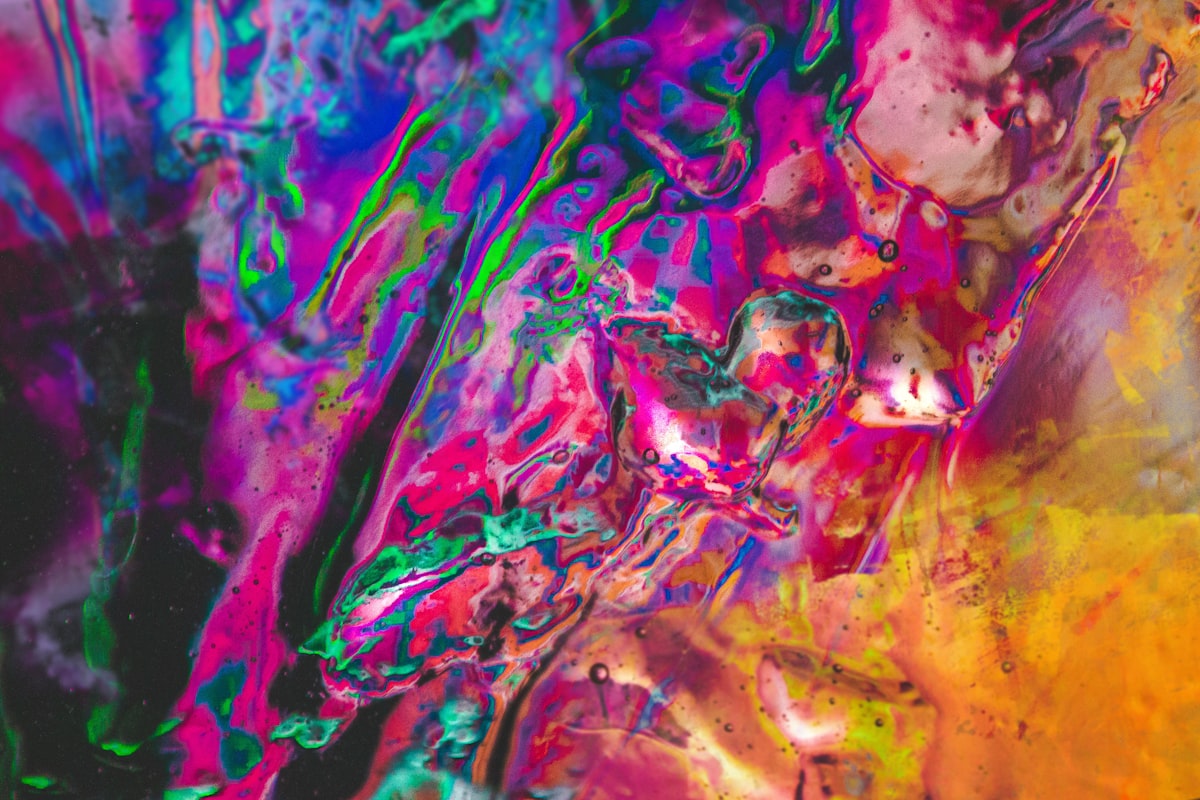Experience Runtime of Metaverses
In all universes the Experience Runtime dictates the possibilities and limitations.

In the first part of this paper, I laid the foundational thesis that the metaverse should be defined by the emergent properties of universes, rather than its physical properties. I propose that the following properties make up physical, digital & imagined universes.
Universes are composed of Features & Agents. When Features are represented in different universes, they undergo transmutations i.e. their characteristics change. When Agents travel between different universes, they transfigure i.e. they change in appearance but the Agent retains ownership over all its representations across universes.
In all universes the Experience Runtime dictates the possibilities and limitations for the Features & Agents in the universe while the layers that make up the runtime are opaque to the experience of the Agent.
The Causal Graph maintains the relationship between and among Features & Agents in an Experience Runtime. While the Causal Graph is not shared between universes, the traveling of Agents is represented in the graph creating relationships between universes on the graphs.
Alongside the definitions, I outlined symbols to denote these key properties to facilitate flexible communication about them. To reiterate: for any universe \( U_x \) there is an Experience Runtime \( E_x \) that enables the reality & interactivity for Features \( F_x \) and Agents \( A_x \). The interactivity of Features and Agents are represented in the links \( L_x \) of a Causal Graph in which Features and Agents are nodes \( N_i \) and \( N_j \) respectively.

From these emergent properties, the systems that enable known and future universes become apparent and become simpler to reason about. In this second part, I explore the systems that make up universes starting with the Experience Runtime.
Experience Runtime
Since the Experience Runtime houses all the experiences available to Features & Agents in an universe, it can be an extraordinarily deep and complex system - like the laws of the physical universe that have seemingly endless layers.
Let’s take two completely different universes: a digital one such as Decentraland and a hybrid universe such as ZeroLatency and examine what the Experience Runtimes may be composed of.
Decentraland appears as a low-fidelity digital 3D environment for the Agents in the universe. This digital environment operates in the web browser that enables connectivity to the internet and allows communication between Agents.

The digital 3D Experience Runtime runs on the BabylonJS WebGL engine with its 3D models and animations being represented in GLTF files while JavaScript is used to create and glue together the interactivity in this runtime. Underlying, Decentralands’s P2P Servers deliver and enable this Experience Runtime through the web browser & internet.

The Experience Runtime of ZeroLatency is built with both physical & virtual environments. Agents in ZeroLatency navigate a physical space while being visually immersed in a high-fidelity digital environment through Virtual Reality headsets.

The 3D digital environment is powered by a game engine that creates interactivity between the Agents and Features using 3D assets. Opaque to the user, the digital experience is powered by servers connected through the internet. Similarly, the digital navigation of the physical space, governed by the laws of physics, is facilitated by the use of markers on the walls & floors of the area.

Transmutation of Features
The physical universe is composed of Features such as the stars, planets, atmospheres, biospheres and more. In digital & imagined universes, there are transmutations of some of these Features.
During transmutation, properties of the Feature is replicated between universes but they remain as independent Features in their respective universes. This attribute of Features affords scalability of Experience Runtimes since an accurate representation in every Experience Runtime would be resource-constrained.
A tree in Decentraland may look a lot like a tree in the physical universe by sharing properties but is completely untethered to the state of the tree in the physical universe.

Similarly a gun in ZeroLatency takes many different visual forms but is a separate entity to the visually unique device in the physical universe.

Transfiguration of Agents
When an Agent undergoes the process of transfiguration, similar to Features, it exists as different Agents that may share properties. But, unlike Features, Agents may retain ownership of its properties across universes.
In the both the cases of Decentraland & ZeroLatency, Agents in the physical universe maintain ownership of their representations in the digital worlds. Decentraland facilitates this ownership between universes through a cryptocurrency wallet while ZeroLatency maintains player accounts for the Agents who participate in their Experience Runtime.
Metaverse
Given the generalized definition that the Metaverse is the representation of transmutation of Features, transfiguration of Agents and the Causal Graphs between Experience Runtimes of different universes, these processes of transmutation and transfiguration are not limited to the universes that have a physical & digital separation. These processes are also applied to Features & Agents among multiple digital universes as well.
Furthermore, these processes and the Causal Graph give rise to complex systems such as Societies, Economies & Governance which I will explore next.
This post is available on GitHub for review & feedback.
